Do you have a question about the Sherwood VR-758 and is the answer not in the manual?
Warnings regarding electric shock, moisture, laser, and radiation hazards.
Safety precautions for polarized plugs in the US and Canada.
Safety measures for 3-pin plugs and grounding for European, Australian, and Chinese models.
Instructions for connecting FM and AM antennas for optimal reception.
Guidance on connecting Composite, S-Video, and Component video/audio devices.
Details on connecting Optical and Coaxial digital audio inputs and outputs.
Instructions for correctly connecting speakers, including impedance requirements.
Detailed description and numbering of remote control buttons and their functions.
Step-by-step guide to enter setup codes for controlling other components.
Explanation of DTS Digital Surround technology for multi-channel audio.
Description of Dolby Digital technology for multi-channel audio reproduction.
Details on Dolby Pro Logic II modes (MOVIE, MUSIC) for enhancing audio.
Recommendations for ideal placement of front, surround, and subwoofer speakers.
How to select speaker size settings (Large, Small, None).
Guide for setting speaker distances to adjust delay times.
Process for selecting speaker setting modes (size, distance).
Steps for adjusting speaker size and distance settings.
How to select desired surround sound modes (DTS, Dolby, Theater, etc.).
How to select and adjust individual channel levels for surround sound.
Using the test tone function to adjust and balance audio channel levels.
Guide to navigating and playing items from DVD Video menus.
How to search for specific titles, chapters, or times on a disc.
How to set repeat playback for disc, title, chapter, track, or song.
How to program and play tracks in a desired sequence.
How to change the audio language for DVD Videos.
How to change the subtitle language for DVD Videos.
How to select between Composite and S-Video signals for SCART connection.
How to select preferred audio, subtitle, or disc menu languages.
How to set parental control levels for content restriction.
How to input the password to verify parental control settings.
Steps to change the password for security.
Procedure for entering old and new passwords to change the password.
How to store up to 30 preferred radio stations in memory.
How to record digital audio via the Optical Digital Out to an MD or CD recorder.
Troubleshooting steps for remote control unit issues like no operation.
Troubleshooting steps for amplifier problems like no power or no sound.
Troubleshooting steps for tuner issues like poor reception or stations not received.
Troubleshooting steps for DVD player issues like no playback or no picture.
Detailed technical specifications for the amplifier section.
Technical specifications for the FM and AM tuner sections.
| Input sensitivity | 200 mV |
|---|---|
| Audio Formats Supported | Dolby Digital, DTS |
| Tuning range | AM/FM |
| Digital inputs | Optical, Coaxial |
| Video Connections | Composite, Component |
| Power Output | 100 watts per channel into 8 ohms (stereo) |

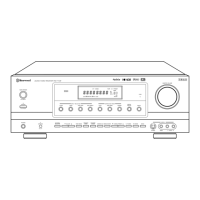
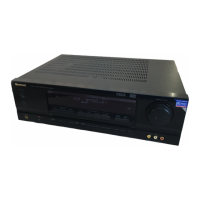



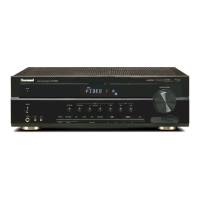
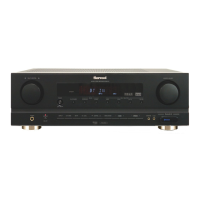
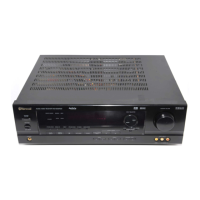
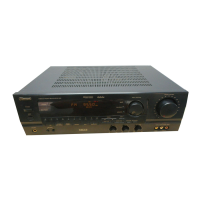
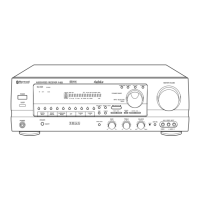
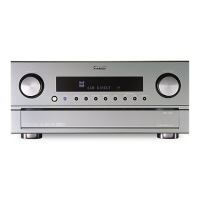
